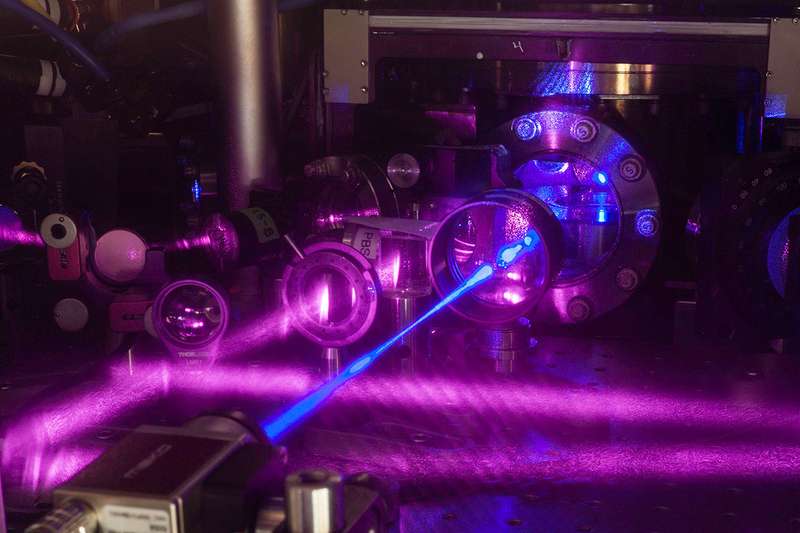Researchers Manage to Create the Most Accurate Clocks

A team of physicists managed to create the most accurate clocks. They will not lose a shard of their accuracy for the following 15 billion years.
The new atomic clock employs an optical lattice which uses laser beams in order to capture ytterbium atoms. Each atom has a constant vibrational frequency, allowing researchers to accurately observe the movement of the ytterbium atoms between two energy levels. The movement can be considered similar to a normal clock’s tick.
Two independent atomic clocks were compared in order to observe three critical measures: Systematic uncertainty, reproducibility and stability.
Andrew Ludlow, leader of the project, stated during an interview that these three measures can be considered an etalon of performance for atomic clocks. Reproducing the same precision of the ytterbium lattice during two experiments plays a vital role since it highlights the fact that the performance of the clock can be affected by the gravitational pull of the planet.
According to Einstein’s general theory of relativity gravity exerts a powerful influence over time. This means that the vibrational frequency will change under different gravity levels. The clock is so sensitive that it is able to measure space-time.
Such a high level of accuracy can theoretically allow researchers to track down elusive phenomena like gravitational waves and dark matter.
The unprecedented discovery could be used for important measurements. If more of these clocks were spread evenly around the world researchers would be able to calculate Earth’s shape within 1 centimeter.
Another clock was unveiled earlier in September. The Cryogenic Sapphire Clock is able to accurately measure time during a period of 40 million years. The device uses a 1,200-carat sapphire which is constantly being cooled at a temperature of -267 degrees Celsius. It vibrates at an incredible 10 million ticks per second.
As the technology continues to evolve it is likely that even better clocks may surface at one point in the future.
0 comments